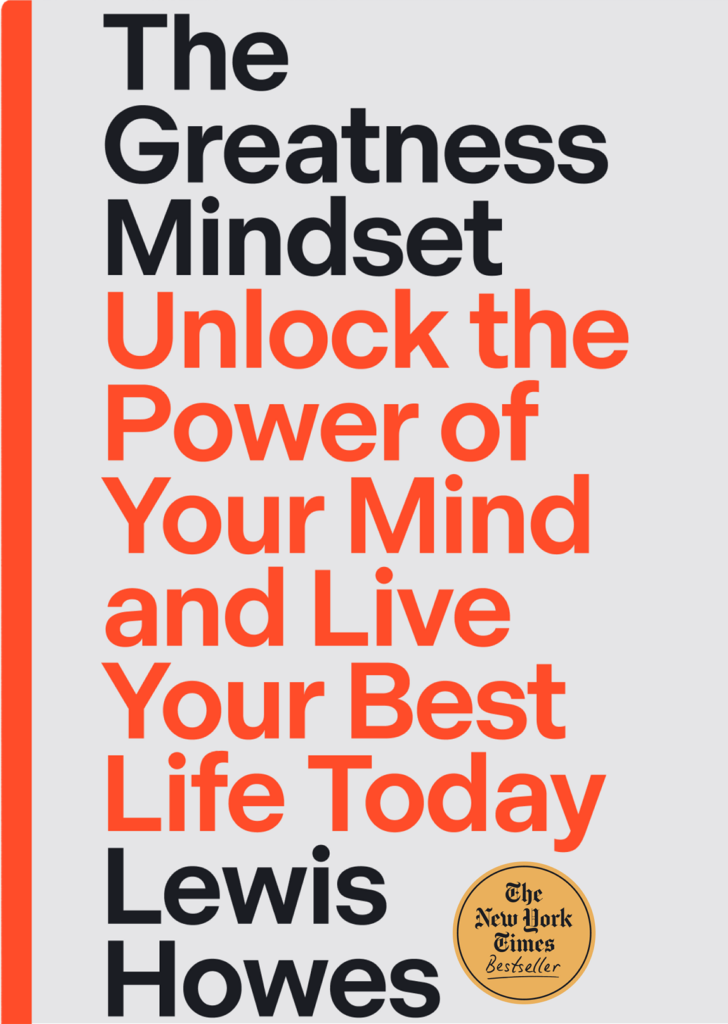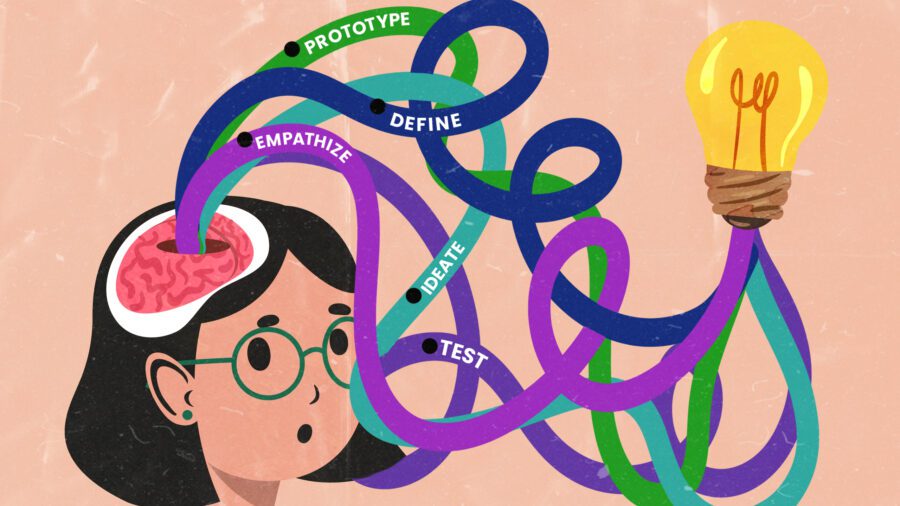
Why ‘Work-Life Rhythm’ Is More Realistic Than Work-Life Balance
Is work-life balance even possible anymore?
It feels like the scales of the work-life balance have shifted more toward work in recent years. With inflation, gas prices, and housing costs all climbing, many of us find ourselves working more and more to keep up. The days of the 40-hour work week seem to be fading as we take on added overtime, second jobs, or gig work in order to earn more.
With all of this added work time, we’re finding it increasingly difficult to have time just to live a little. We sacrifice our hobbies or time spent with our families and friends in the hopes that we can put some money in the bank. Life has its ups and downs, and we seem to have fallen into an always-on culture where work is center stage.
How Work Has Changed
The world has changed significantly over the last three generations, and the working world is no different. When our grandparents were in the working world, the companies they worked for offered pensions to reward them for their years of service to the business, creating the concept of the company man. Workers wouldn’t even think they’d have their dedication questioned by asking for a better work-life balance.
The next generation of workers from Gen-X found that companies were moving away from pensions, prompting many of them to build their own businesses and leading to the rise of dot-coms. These workplaces were more casual than the offices of the past and were based more on entrepreneurial spirit. Work-life balance started to become a focus for this generation, but the demands of the business still came first. The most they could do was build workplaces that offered more flexibility in when work could get done.
The way we tend to think about work-life balance as two sides of a scale is obsolete because it creates an either-or situation. Increasing time to spend with family means less time for advancing your career. But if you dedicate enough time to your job, you won’t be able to provide time to spend with your family. It’s not attempting to balance a scale. It’s navigating around a circle that can make us feel like a dog chasing its tail!
It’s becoming increasingly obvious that the concept of work-life balance might very well be a myth in the present day. Hearing this might make you question why you should bother if there’s no balance to be found. But don’t lose hope! By letting go of the balance myth, you can find other ways of thinking to make you feel more fulfilled in your work and personal life.
Let’s look at a few of these alternate methods and learn how to achieve a work-life rhythm.
The Seven Slices of Life
In his book, The Work-Life Balance Myth, David J. McNeff contends there is no such thing as work-life balance. McNeff proposes an alternative that he calls the seven-slice approach. Instead of viewing the problem as work or family, he describes seven areas where people spend their time: family, professional, personal, physical, intellectual, emotional, and spiritual. He believes that a person needs all seven of these to be fulfilled.
To get started on the seven-slice approach, you need to consider what percentage you think you’re dedicating to each of these areas. For example, you might take your waking hours and come to find the following breakdown of the roughly 16 hours you’re not sleeping:
- Family: 3 hours (18.8%)
- Professional: 10 hours (62.5%)
- Personal: 1 hour (6.3%)
- Physical: 1 hour (6.3%)
- Intellectual: 1 hour (6.3%)
- Emotional: 0 minutes (0%)
- Spiritual: 0 minutes (0%)
You might think of work as just the time you spend at your job, typically 8 hours. But you also need to consider the length of your meal break and commute in the professional slice since they’re time that’s work-related. Your family time most likely includes dinner and watching a little TV. Personal time would be any time spent on your hobbies, such as messing around on your phone or playing a video game. If you go to the gym, that would fall under the physical slice, and intellectual would be time spent reading a book, for example. The emotional slice is time spent with friends, not family or work associates, and the spiritual is straightforward.
In this example, the family and professional slices are getting the most focus, and the emotional and spiritual areas are being neglected almost entirely. This neglect can create stress in your life, and you need to find ways to spend more time in those slices. If you view work-life balance as a binary way of considering your time, you can only add time to one side of the balance by taking time away from the other side.
But if you look at it from a perspective like McNeff’s, it’s no longer an either/or situation but one where everything is negotiable. Ordinal thinking like this creates a list of things that can be shifted or combined. For instance, you can listen to audiobooks on your commute or during your workout to add to your intellectual slice without subtracting from the professional or physical ones. Playing basketball or golf with friends can achieve both physical and emotional.
Once you’ve created your baseline, you can find your flow and easily make adjustments to ensure that you’re fulfilling each of the seven slices.

The Greatness Mindset
Learn the secrets of some of the greatest minds in the world. Unlock the power of your mind and live your best life today.
Learn MoreIntegrating Work into Personal Life
While the post-World War II generation was full of career-focused company people and Gen-X began the shift toward finding more work-life balance, the Millennial generation created the concept of work-life integration. However, this shouldn’t be confused with work-life balance, as the concept is more like breaking down the separation between work and personal life.
Many millennials are building their careers through the gig economy and pursuing part-time or flexible work arrangements. While this is sometimes out of necessity, for many, it’s a lifestyle they’ve chosen. These people are taking on multiple roles to explore different paths with the goal of finding more satisfaction with their working pursuits.
This mindset has led to the rise of remote work, gig work, and the digital nomad concept. Millennial generation workers don’t strive to work in offices as much as previous generations did. They have the hustling spirit of their dot-com-creating parents without feeling like they have to dedicate most of their lives to a company that isn’t going to give them pensions when their careers wind down.
Instead, this generation is blurring the lines that separate their working and personal lives. Remote work offers opportunities for them to travel with their laptop and get jobs done as long as they have an internet connection. Where previous generations looked for 40+ hour-a-week careers, millennials prioritize the flexibility of remote and gig work that lets them choose when and where they want to work. All of this allows these workers to shift more fluidly between work and personal life as they want or need to.
Having Work-Life Options
As more Gen-Z workers are finding their way into the workforce, we’re beginning to see how they define their working and personal lives. Like the millennials before them, they never knew a working world where pensions were offered and have never expected employers to take care of them for life. They also understand that things like Medicare and Social Security are in danger of not being guaranteed to be waiting for them at the end of their working days, either.
Gen-Z workers seem to be moving beyond work-life integration and seeking what could be called work-life options. They seem to value employment stability strongly, and they are very interested in establishing careers with firms that offer professional growth and development. Where previous workers trusted that their hard work would be rewarded, this generation has more sense of their worth as workers and want to be compensated in ways that feel fair.
The workers of Gen-Z use their free time to pursue interests that might someday become careers. Unlike millennials, they aren’t as focused on pursuing multiple jobs to find their purpose or passion. They want stable careers while having side projects that could one day become revenue streams. If you’ve heard the term side hustles, you know what we’re talking about.
Gen-Z people are creating a hybrid approach to the long-term stability mid-twentieth century workers sought with the flexibility Gen-X established. Having stable avenues of income to build a sense of financial security while having options for earning that income is how they’re changing the concept of work-life balance.
Join In 200 Million+ On The Journey to Greatness
Finding Your Work-Life Rhythm
Adam Grant, an organizational psychologist at Wharton, has proposed a concept he calls work-life rhythm. While work-life balance makes you think you have to put work and life onto the two separate sides of a scale and keep it perfectly stable, Grant encourages thinking about life in patterns and seasons. We’ve been told just to focus on one thing to see the best results, but life throws multiple things at you at once! It’s an impossible juggling act, but we’re made to believe that if we don’t, we’re failing.
The term work-life balance creates an image of binary opposition between work and life. We always view work-life balance as a scale, creating a sense of competition between the two elements. Work-life integration instead changes that image and creates more ties between all areas that define life: work, home and family, community, personal well-being, and health.
Your life might make you feel like you have to juggle these five areas like a juggler would five balls. The difference between work-life balance and work-life rhythm is this: You don’t have to juggle all five balls at the same time or for the same amount of time.
The key to building a work-life rhythm is viewing the demands of our lives like we would seasonal activities. You can’t ice skate in the summer or wouldn’t swim at the beach in the winter, but that doesn’t mean you can’t ice skate or swim ever again! You just have to pursue those activities in the seasons that make them possible.
One of the biggest factors in our desire to achieve work-life balance is our Fear of Missing Out (FOMO). We’re afraid that if we don’t go after projects that can help our careers progress or enrich our personal lives at the moment, we never will. Once we accept that life has unpredictable rhythms that might not allow us to do something right now, we can adjust to those rhythms and find time to work on these pursuits later on.
In the work-life rhythm mindset, we not only reconcile that we might have to delay when we can do things, but we also adjust to stress differently. If you’ve got an intense work week coming up that’s stressing you, making something else in your life easier can help counteract that stress. Instead of cooking meals each night that week, pick up some frozen dinners. If you typically do an hour at the gym each day, you can do shorter workouts to free up time.
By going with the rhythms of life instead of fighting against them, you can feel a greater sense of fulfillment and less stress. When work is more demanding, find ways to make other parts of your life easier. Then, when work eases up, you can ramp up your personal pursuits, like hobbies or spending time with your friends. Instead of trying to balance a scale, you’re now shifting liquid in a round dish from one area to another as you need to.
There’s Time for You
Let’s face it — life can be stressful. Here at Greatness, we want to help you be more fulfilled! Jonathan Fields helps you deal with feeling burnout and rediscovering your spark here. Ravi Patel offers advice on your pursuit of happiness here.
Trying to find work-life balance is an admirable goal but a potentially impossible one. In reality, wind up achieving is burnout. . By adjusting your way of thinking toward finding a work-life rhythm, you can navigate the ups and downs life throws at you more effectively.
Greatness Authors
Greatness Authors is a collection of writers, thinkers, curiosity experts, and students of the world who are committed to bringing you the most up-to-date, impactful, and inspiring information surrounding Greatness topics.

Redefining Poetry: How Instagram Sensation Rupi Kaur Showed That Poetry Is for Everyone

The Young Professional’s Guide to Advocating for Yourself at Work & Setting Healthy Boundaries

Olympian Yusra Mardini’s Incredible Story of Resilience, Rescue, and Refugee Rights

A Beginner’s Guide to Effortlessly Attracting Money and Growth Opportunities

Psychologist Edith Eger’s Inspirational Journey to Find Forgiveness and What It Means for You










